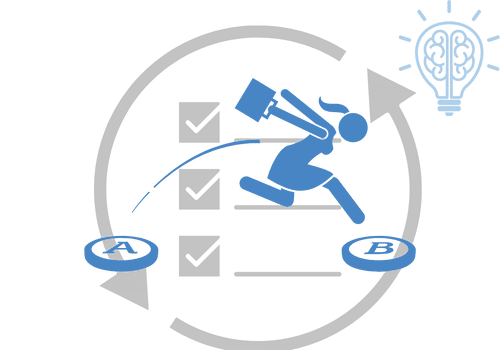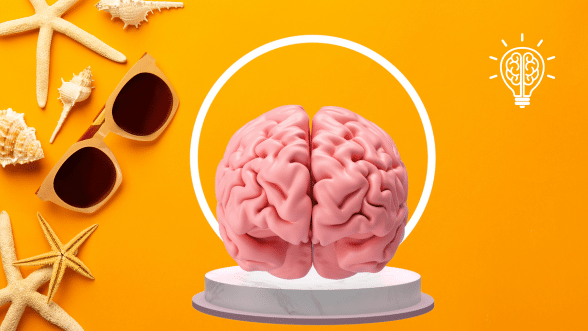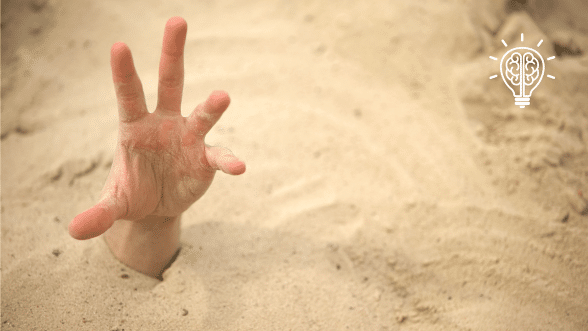What Are Transition Rituals?
Transition rituals are small, intentional routines that help the brain shift from one task to another. These rituals serve as mental cues, signaling that it’s time to move from one mode of thinking or behavior to another—whether it’s starting work, shifting between projects, or winding down at the end of the day.
Without them, switching tasks can feel abrupt and overwhelming, leading to procrastination, decreased focus, and difficulty getting started.
Why Are Transition Rituals Important?
Our brains are not designed to switch gears instantly. Transition rituals help smooth the shift between tasks by:
🧠 Improving Focus
Provides a structured way to refocus the mind after an interruption or a shift in activity.
⏳ Reducing Procrastination
Eliminates the struggle of “not knowing where to start” by creating predictable steps.
⚖️ Managing Stress
Helps prevent mental overload by signaling when it’s time to wrap up one task and prepare for the next.
🔄 Enhancing Cognitive Flexibility
Supports smoother task switching, making it easier to shift between different types of work.
How Transition Rituals Support Executive Function
These rituals directly support executive function skills such as:
- Task Initiation: Reduces resistance to starting a new task.
- Time Management: Helps signal when one task ends and another begins.
- Self-Monitoring: Encourages self-awareness of work rhythms and focus levels.
- Inhibitory Control: Prevents distractions from taking over during task transitions.
Examples of Transition Rituals
📚 Starting Work or Study Sessions
🟢 Play instrumental music, make a to-do list, or set a timer for deep focus.
💼 Shifting Between Work Tasks
🟢 Take a two-minute stretch break, close unnecessary tabs, or jot down key points from the last task before switching.
🌙 Winding Down at Night
🟢 Dim the lights, drink herbal tea, or engage in light reading to prepare for sleep.
🏃♂️ Transitioning from Work to Home
🟢 Change into comfortable clothes, go for a walk, or listen to music to mentally “log off” from work mode.
How to Create Effective Transition Rituals
Building transition rituals is simple, but consistency is key. Here’s how to create effective rituals that work for you:
✅ 1. Identify Your Transitions
Look at points in your day where transitions feel difficult—starting tasks, switching projects, or ending work. These are the moments where rituals will help.
✅ 2. Keep It Short and Simple
A good transition ritual takes less than five minutes. The goal is to make shifting between tasks easier, not add more work.
✅ 3. Use Sensory Cues
Incorporate sound, movement, or visual triggers to signal a shift. Example: lighting a candle before creative work or stretching before deep-focus tasks.
✅ 4. Pair Rituals with Existing Habits
Attach new transition rituals to habits you already have. Example: After brushing your teeth, do a short breathing exercise before bed.
✅ 5. Test and Adjust
Experiment with different rituals and track what helps you transition smoothly.
How Executive Function Coaching Can Help Create Transition Rituals
For individuals who struggle with transitions, executive function coaching can help develop customized strategies to build smoother routines. Coaching can assist with:
- Identifying transition points that cause the most friction.
- Creating structured rituals to support smoother task switching.
- Strengthening time management and focus during transitions.
- Providing accountability to maintain new habits.
With the right transition rituals in place, shifting between tasks can feel effortless, leading to better focus, reduced stress, and greater productivity.
📞 Need help improving your transitions? Contact us for executive function coaching today!




